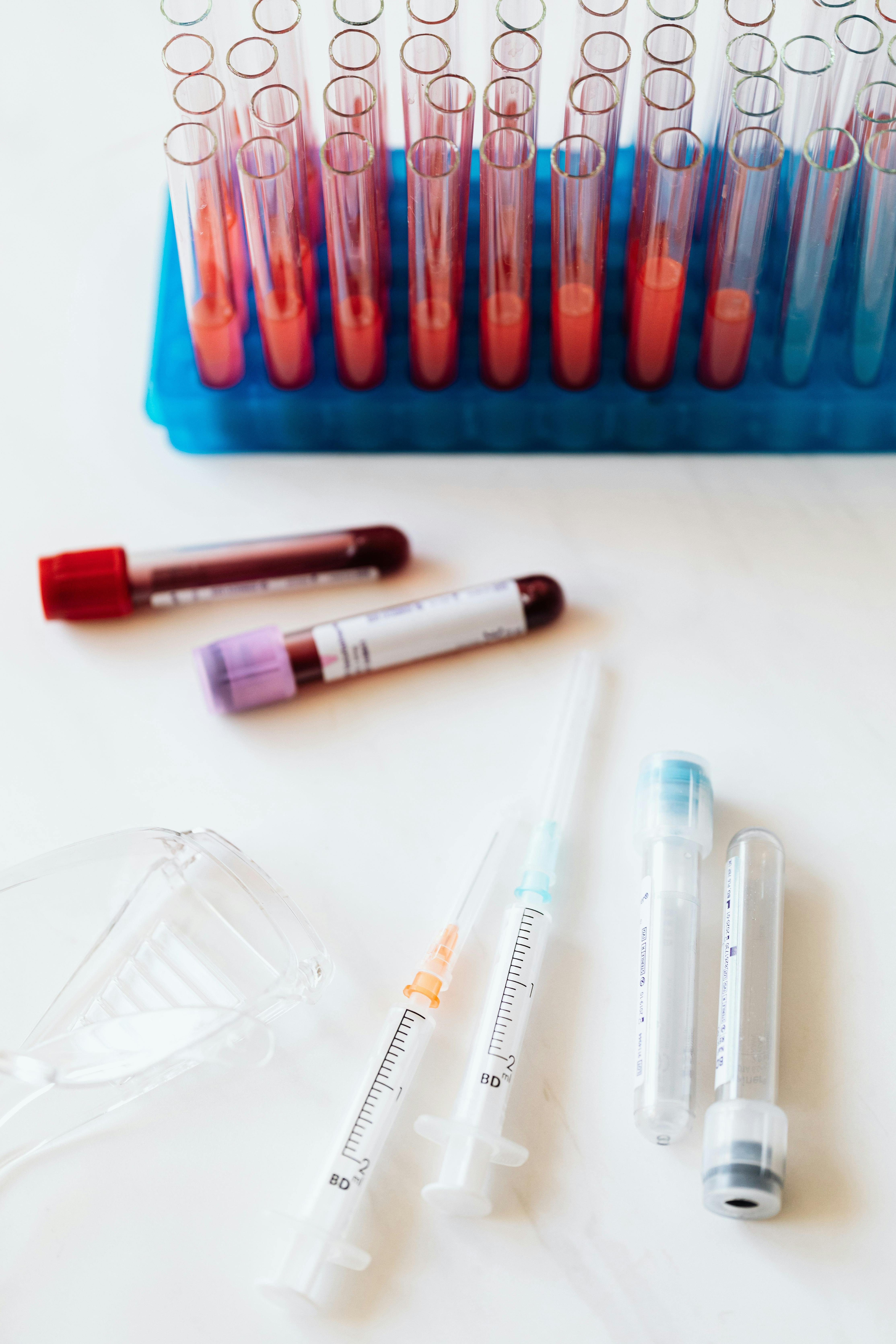Introduction;
Ankylosing spondylitis is a rare type of arthritis that causes pain and stiffness in your spine. This lifelong condition, known as Bechterew disease, usually starts in your lower back. It can spread up to your neck or damage joints in other parts of your body. A chronic inflammatory condition known as Ankylosing Spondylitis (AS) primarily affects the spine and results in pain, stiffness, and decreased mobility. A person's quality of life may be greatly impacted by this disorder, but with early diagnosis, appropriate treatment, and lifestyle modifications, those who have AS can have happy, meaningful lives. This blog will go in-depth on Ankylosing Spondylitis, including its causes, symptoms, diagnosis, available treatments, and how to manage the condition successfully. Ankylosis means the fusion of bones. If not diagnostic and treated can change the curvature of the spine.hyperthyroidism
Learning about Ankylosing Spondylitis
Spondyloarthritis, a class of rheumatic illnesses that largely affects the axial skeleton, including the spine and sacroiliac joints, includes AS. Because it is autoimmune, inflammation develops where the body's immune system unintentionally targets its own tissues. Genetics plays a crucial part in AS, with the HLA-B27 gene being a significant genetic predisposing factor, despite the fact that the specific origin of AS is still not completely understood.skin-diseases-with-their-pictures
 |
| Ankylosing spondylitis |
Table of contents
- Introduction
- Learning about Ankylosing spondylitis
- Symptoms of ankylosing spondylitis
- Diagnoses and Getting Medical Assistance
- Ankylosing spondylitis Treatment
- Lifestyle Modification
- Conclusion
Symptoms of Ankylosing Spondylitis
Ankylosing spondylitis symptoms might differ from person to person, but frequent signs include:anthrax
1)Lower back pain that doesn't go away: This type of discomfort frequently gets worse while you're at rest or aren't moving about much.
2)Particularly in the morning or after extended periods of inactivity, stiffness, and diminished suppleness make it challenging to carry out daily chores.
3)Pain and swelling: AS can cause pain and swelling in other joints, including the hips, shoulders, knees, and feet.
4)Fatigue: Chronic pain and inflammation can cause exhaustion and general malaise.
5)Fusion of bones: In extreme circumstances, it may lead to vertebral fusion, creating a stiff spine and reducing movement.
Diagnoses and Getting Medical Assistance
It is imperative to see a rheumatologist if you think you could have Ankylosing Spondylitis or exhibit any of the symptoms listed above. Early diagnosis is essential since it can stop or slow the disease's progression and lessen its negative effects on your life. A medical history, physical examination, blood tests, and imaging tests like X-rays or MRI scans are frequently combined to make the diagnosis.
Ankylosing spondylitis Treatment;
Although there is no known treatment for AS, a number of management techniques can help reduce symptoms and enhance general well-being:ankylosing-spondylitis
1)Medications: The first line of treatment for pain and inflammation is frequently nonsteroidal anti-inflammatory medications (NSAIDs). To reduce the underlying inflammation, doctors may administer biologics and disease-modifying antirheumatic medications (DMARDs).
2)Exercise and physical therapy: Maintaining joint flexibility, strength, and posture requires regular exercise. A physical therapist can create a customized fitness regimen for you.
3)Heat and Cold Therapy: Using heat packs can aid with inflammation while using cold packs can help with muscle strain and soreness.ankylosing-spondylitis
4)Posture Awareness: Practicing good posture and using ergonomic furniture can minimize stress on the spine.
5)Supportive Footwear: Wearing appropriate shoes can help reduce strain on the spine and other affected joints.
Lifestyle Modifications
In addition to medical care, certain lifestyle changes can greatly enhance the quality of life for those with Ankylosing Spondylitis: 1)Keep a Balanced Diet: Eating a diet high in fruits, vegetables, whole grains, and lean proteins will help to promote general health and may even help to reduce inflammation. 2)Manage Stress: Stress can make symptoms worse, so it can be helpful to incorporate stress-reduction methods like meditation, yoga, or mindfulness.Ankylosing_spondylitis 3)Adequate Rest: Make sure you receive adequate sleep and that your spine is supported by a suitable mattress and pillows.
Building a Support Network
Living with Ankylosing Spondylitis can be challenging, both physically and emotionally. Building a strong support network can help you navigate through the difficulties. Connect with family, friends, or support groups to share experiences, receive advice, and find encouragement from others facing similar challenges.




No comments:
Post a Comment